Gunjou (‘Ultramarine’, 2007-2012), Nakamura, Ching, Ikki magazine
STORY: 4
The story revolves around two female protagonists and their relation. The first woman was abused by her husband and the second killed the husband although there is no love to be gained in return.
There’s three volumes showing the aftermath of that murder committed in the name of love. The atmosphere is heavy and tragic and tries to provide real-life in-your-face drama. Alas, somehow dialogues always feel a bit off for a realistic story and prevent the reader to empathize with the characters.
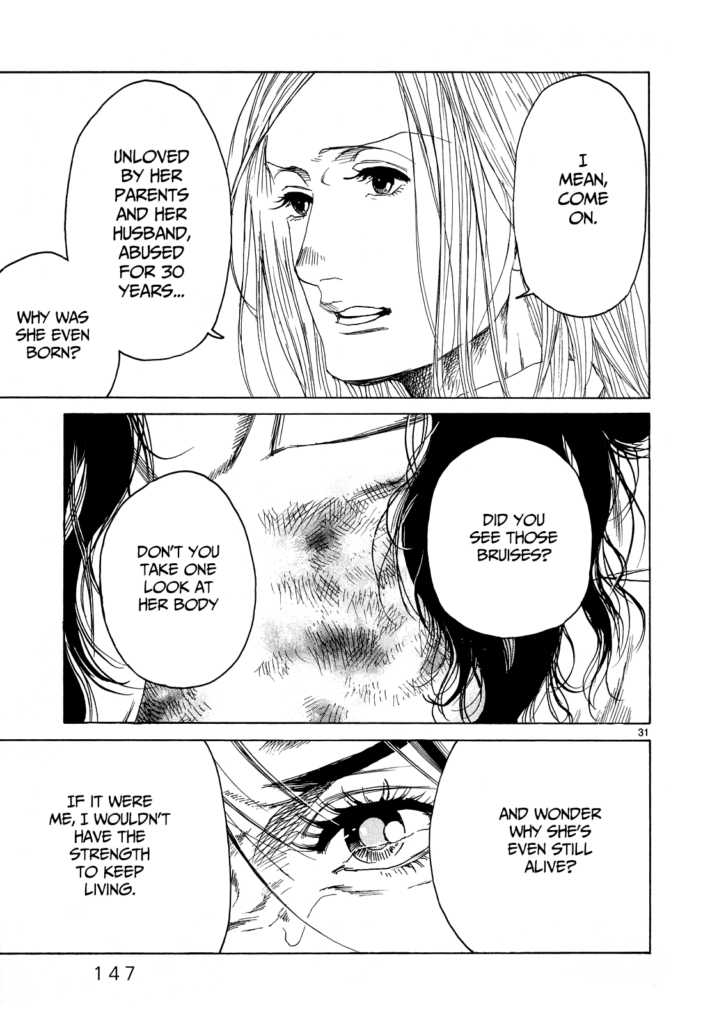
ART: 5
Art is not great compared to the average of the industry and you can find some anatomical mistakes here and there.
However, character drawings immediately set this manga apart because there is no lookism!
Lookism can be seen as a mechanism of social domination where the marker is beauty (instead of race for racism or gender for sexism). Cultural productions like Hollywood movies or manga are full of it: if you were to pick a random person in the street several times you would find a few people that are not ‘attractive’ in the eyes of society.
But, in stories, it’s extremely rare to find a main protagonist that could be perceived as ugly, even for average characters.
On the opposite, characters that are ‘ugly’ are never random but are defined by their appearance, which implies that good-looking people are the norm (while it’s not the case in reality). This is similar to the way women (see the Smurfs) or black people (see the trope of the token black friend in TV) are essentialized in fiction.
Almost every single manga uses good-looking protagonists (especially in the case of women) by default, and not-good-looking protagonists only with a reason. For example, because they are dumb and funny, bad, to show they have suffered, or just because they are.. feminists!
Gunjou does not follow that trap and the same character can be drawn either cute or hideous depending on their emotions like in real life, which does a good job at making the story feel real.
Moreover, those are women that can look unattractive and even their naked bodies are crudely realistic instead of being something erotic to gaze at.
POLITICAL POTENTIAL: 5
The interesting content is more about feminism than politics.
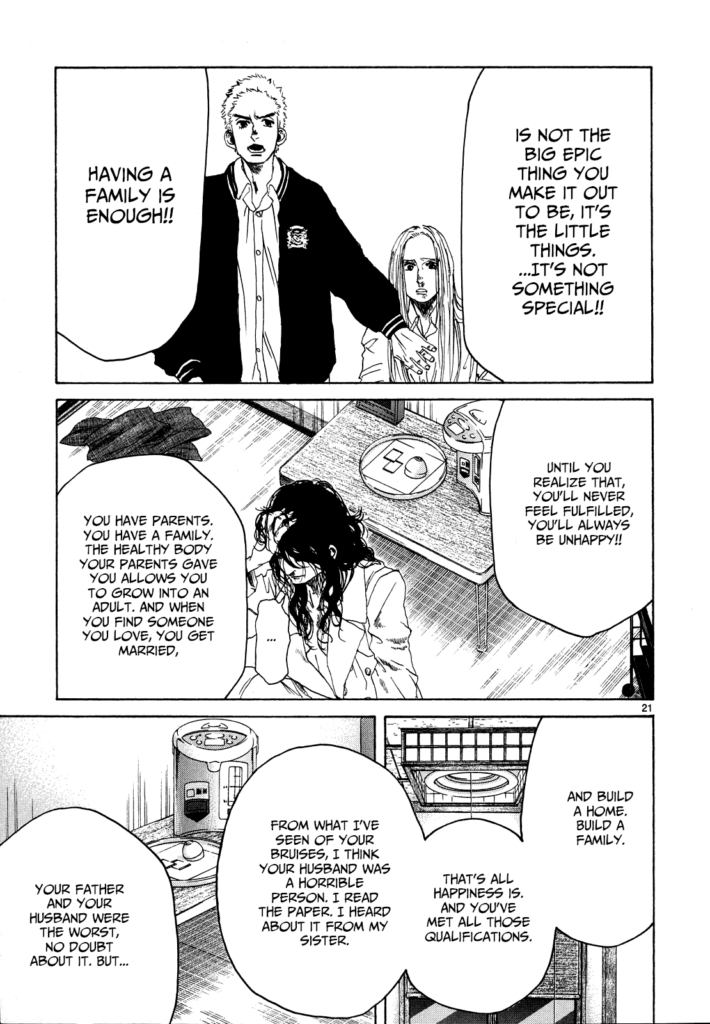
FEMINISM: 7
This title completely centers on two women and their complex relationship. They don’t even desire a man. Patriarchy is present and responsible for a great part of the misery occurring. There’s no man to save the day and characters are not sexualized.
That’s already so much for a manga that I guessed that the author is female. Apparently the author is a woman and gay. Let’s hope cis men can also tackle such works someday..
CONCLUSION: 5
A heavy drama that cares about women and has non-conventional art. Despite weak dialogues blocking a full immersion, those three volumes of painful road-trip are worth trying!
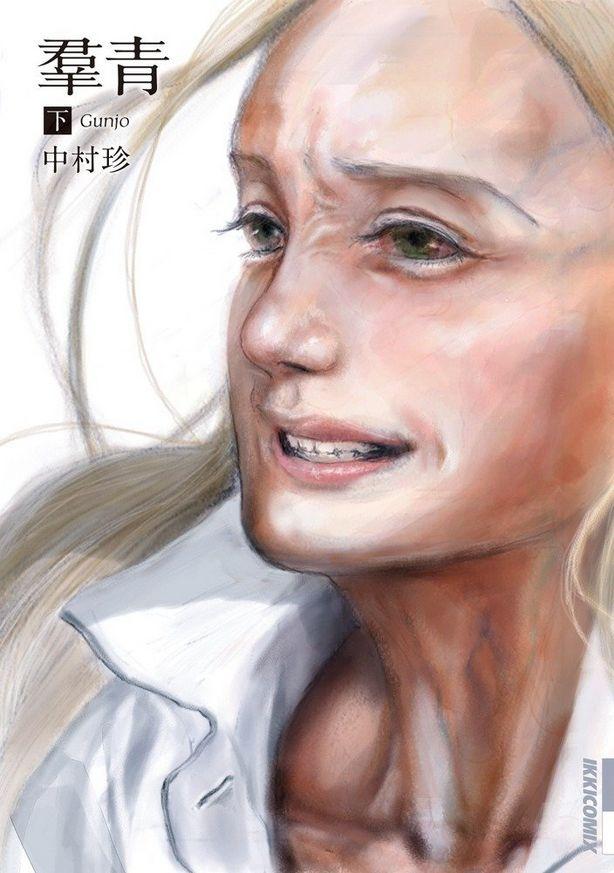
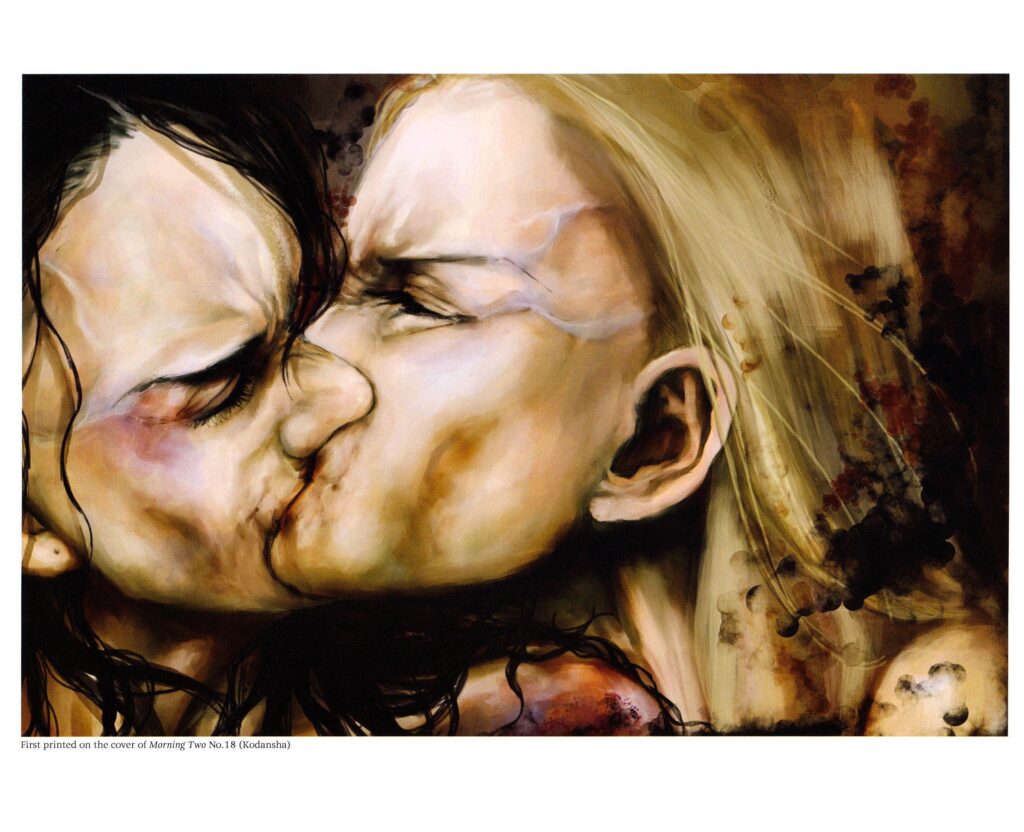
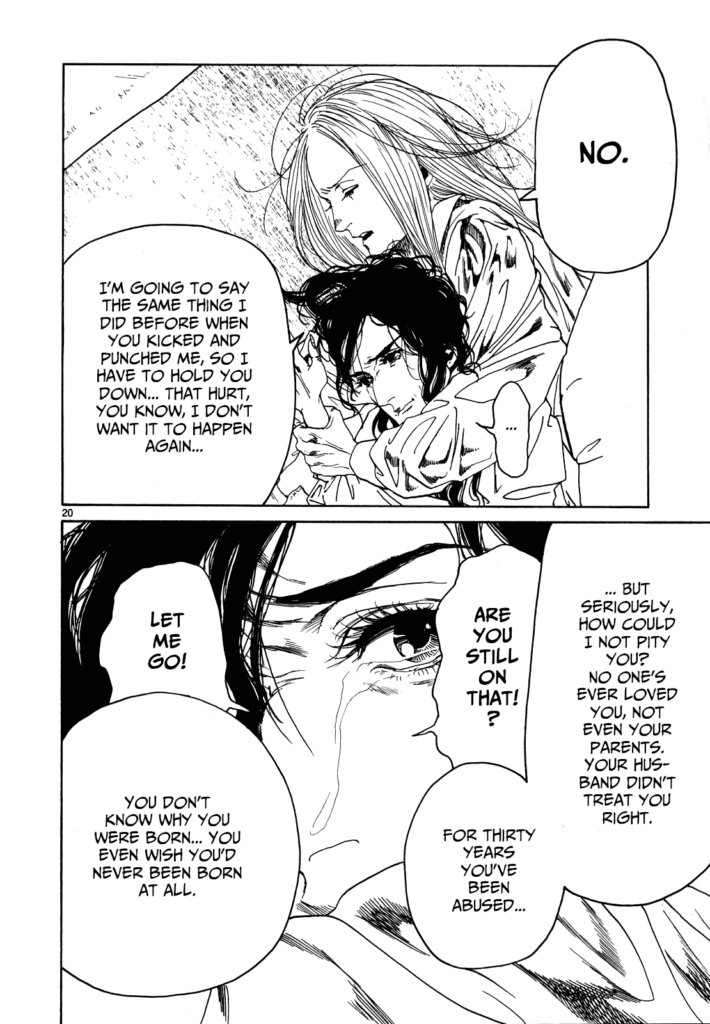
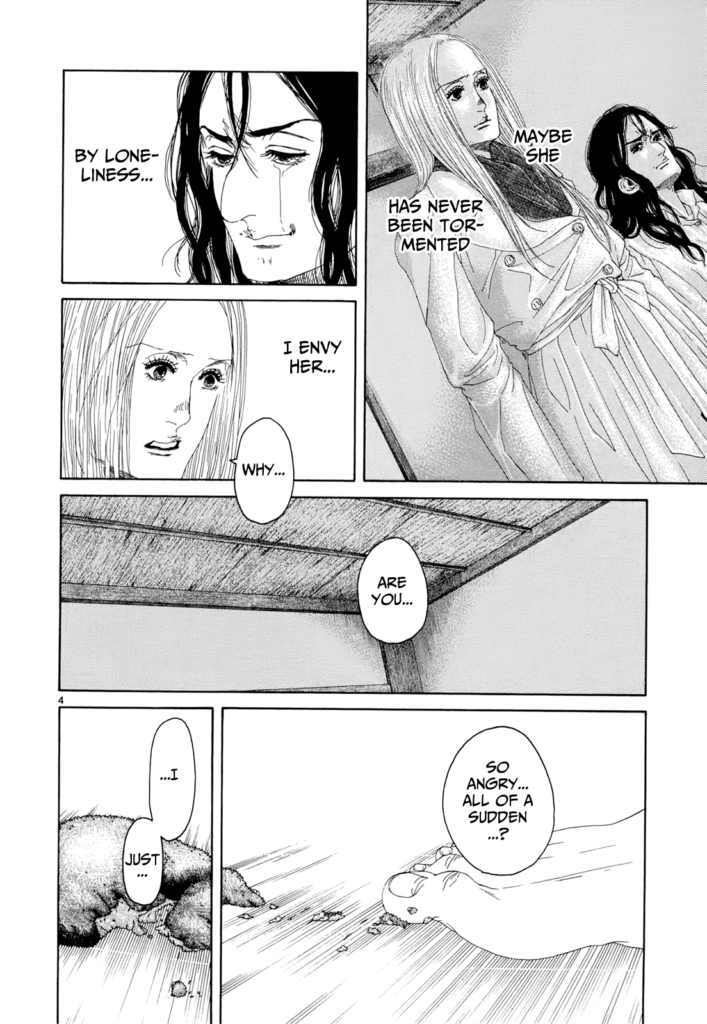
Leave a Reply